Imagine standing in the golden light of dawn, the air filled with the earthy scent of the forest. A massive elephant lumbers past, its eyes meeting yours for a moment that feels timeless. For many travelers, this is the dream—the chance to get close to one of Earth’s most majestic creatures. But what really goes on behind the scenes of elephant tourism? The truth is often far more complicated and shocking than the glossy brochures and Instagram posts reveal. Step quietly with me into the world of trekking camps and sanctuaries, where science, ethics, and emotion clash in unexpected ways.
The Allure of Elephant Encounters
There’s something magnetic about elephants. Their size, intelligence, and gentle presence draw millions to Asia and Africa every year, all hoping for a magical encounter. Tourist photos show smiling faces atop elephants or feeding them bananas, but these moments are just the glossy surface. Beneath lies a booming business driven by the human desire for connection and adventure. Many visitors never pause to ask what these experiences cost the elephants themselves. It’s easy to get swept away by the thrill, forgetting that these animals don’t naturally seek out human company.
Origins of the Elephant Tourism Industry
The roots of elephant tourism stretch back centuries, with elephants once used as royal mounts, logging helpers, and symbols of power. In the 1980s and 1990s, as logging was banned in places like Thailand, thousands of elephants and their mahouts (handlers) were left jobless. Enterprising owners pivoted to tourism, offering rides and shows as a lifeline. What began as a necessary adaptation soon ballooned into a multi-million-dollar industry. Today, elephant camps are a fixture of many travel itineraries, offering everything from painting elephants to “luxury” treks through the jungle.
Training: The Hidden Reality
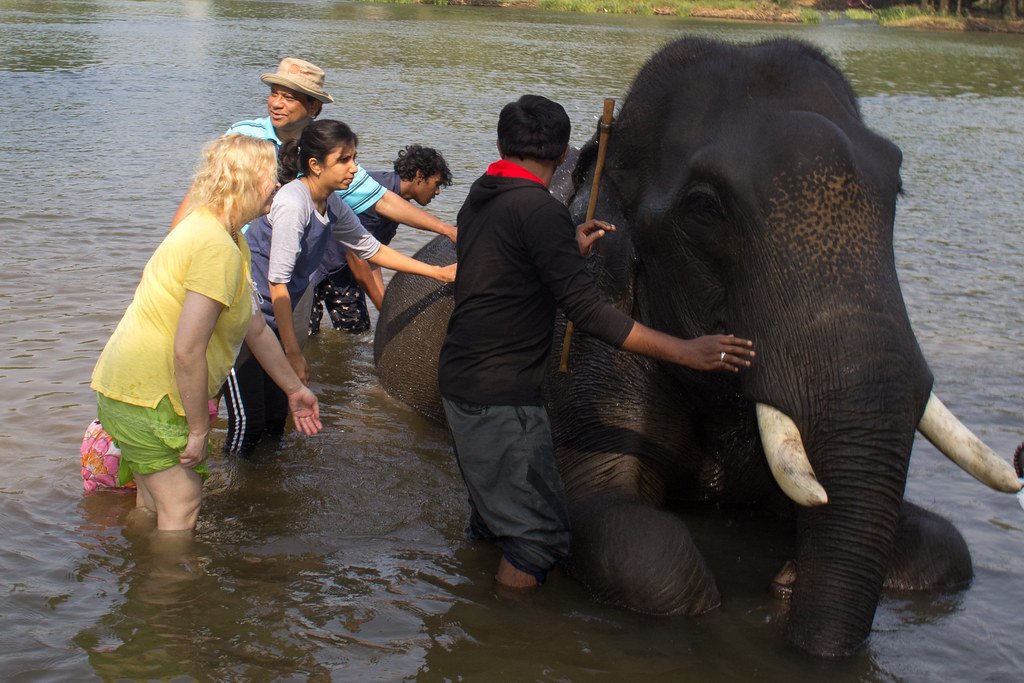
To make elephants perform or tolerate tourists, most undergo an intense and often traumatic training process called “the crush.” This involves separating young calves from their mothers and subjecting them to days or weeks of confinement, deprivation, and physical punishment. The goal is to break their will so they’ll obey commands. Even in camps that claim to be ethical, remnants of this harsh tradition often linger. Science tells us elephants have strong family bonds and advanced cognitive abilities, so the trauma of this process leaves deep and lasting scars.
Daily Life in Trekking Camps
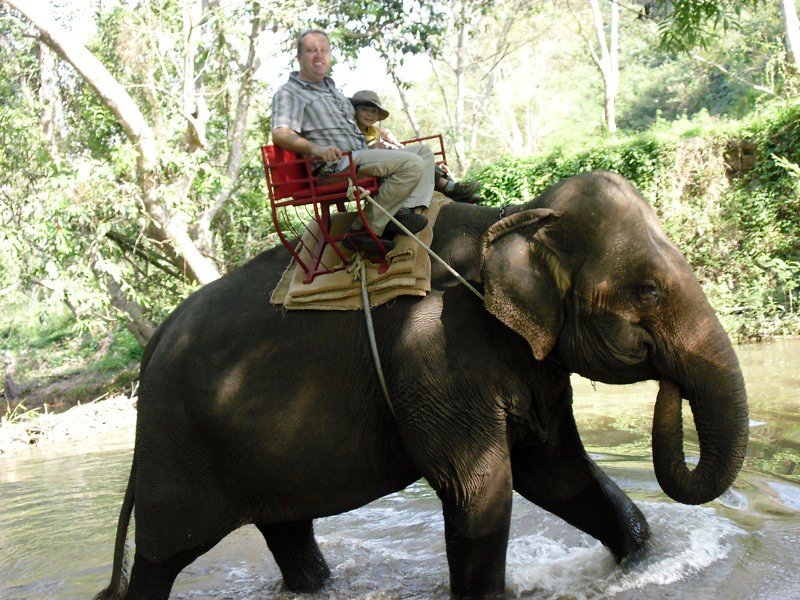
A typical day for an elephant in a trekking camp is far from natural. They might carry tourists on heavy saddles for hours under the hot sun, sometimes on concrete or rocky paths that injure their feet. Elephants need to eat up to 300 pounds of vegetation a day and roam many miles, but camp life restricts both diet and movement. Handlers, pressured to keep animals obedient, may use bullhooks or chains. Even with the best intentions, the grind of daily routines can lead to boredom, frustration, and health problems among the elephants.
Sanctuaries: Safe Havens or Clever Marketing?
Sanctuaries promise a kinder alternative: no rides, no performances, just elephants living freely. However, the reality varies widely. Some sanctuaries are genuine refuges, providing medical care, space to roam, and opportunities for elephants to socialize. Others may simply rebrand themselves with the word “sanctuary” while offering much the same experience as traditional camps. Tourists, eager for guilt-free interaction, are sometimes misled by clever marketing that hides ongoing exploitation. This gray area makes it difficult for visitors to know if their money truly supports ethical treatment.
The Science of Elephant Welfare
Scientific studies paint a sobering picture of captive elephant welfare. Elephants are highly intelligent, social creatures with complex emotional lives. In the wild, they form tight-knit family groups, communicate with infrasound, and even mourn their dead. Captivity disrupts these natural behaviors, often leading to psychological distress known as “zoochosis.” Swaying, head bobbing, or repetitive trunk movements are all signs of stress and boredom. Researchers have found that elephants in camps suffer from higher rates of foot disease, arthritis, and shortened lifespans compared to their wild counterparts.
Mahouts: The Human Side of the Story
Behind every elephant is a mahout—sometimes a lifelong companion, sometimes just an employee. The bond between mahout and elephant can be profound, built on years of mutual dependence. Yet, mahouts are often caught in a tough spot. Many earn low wages and work in challenging conditions, with little access to training in humane animal care. Some feel forced to use harsh methods to keep their jobs or protect themselves. Improving the lives of elephants also means supporting the people who care for them, offering education and fair pay.
Tourist Demand and Its Consequences
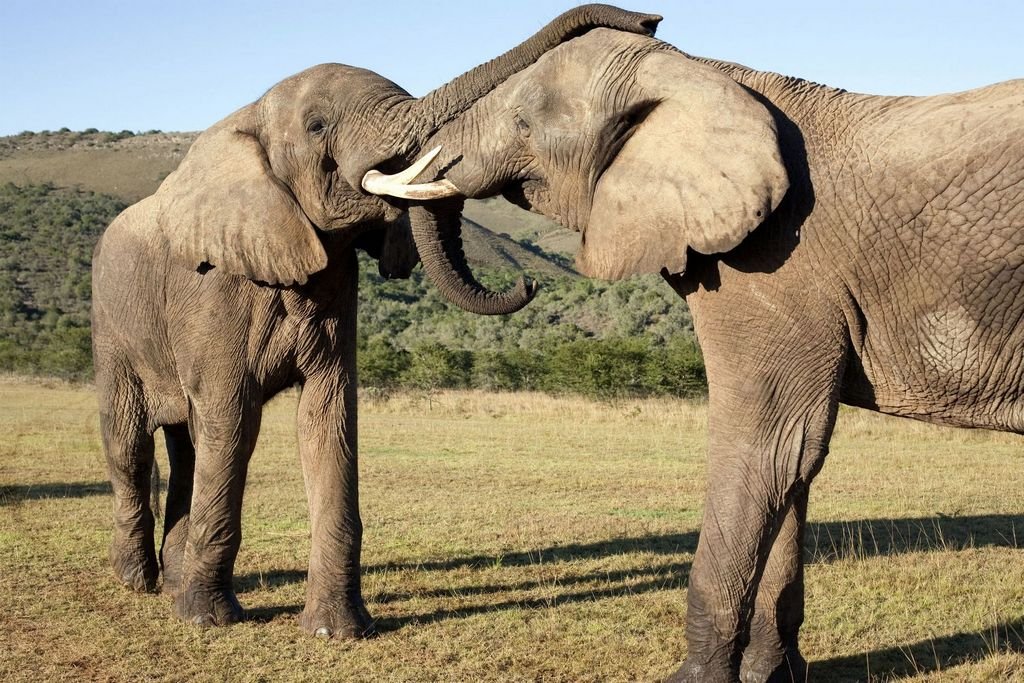
The elephant tourism industry thrives on demand. Every ticket sold for a ride or show perpetuates the cycle. Well-meaning tourists may not realize their participation fuels the capture of wild elephants—despite legal bans, illegal trade continues to supply camps with new calves. High demand pressures camps to keep elephants constantly working, with little time for rest or recovery. This creates a system where ethical considerations often take a back seat to profit. The ripple effect stretches all the way from rural villages to international travel agencies.
Captivity vs. the Wild: A Stark Contrast
Seeing an elephant in captivity can be awe-inspiring, but it’s a world away from their natural life. Wild elephants roam vast landscapes, make decisions as a group, and have rich social lives. Captive elephants, by contrast, are often isolated or kept in unnatural groupings. Their diet, exercise, and daily routines are dictated by humans. This loss of autonomy can lead to chronic stress, weakened immune systems, and even depression. The difference is like comparing a caged bird to one soaring freely in the sky.
Conservation Myths and Realities
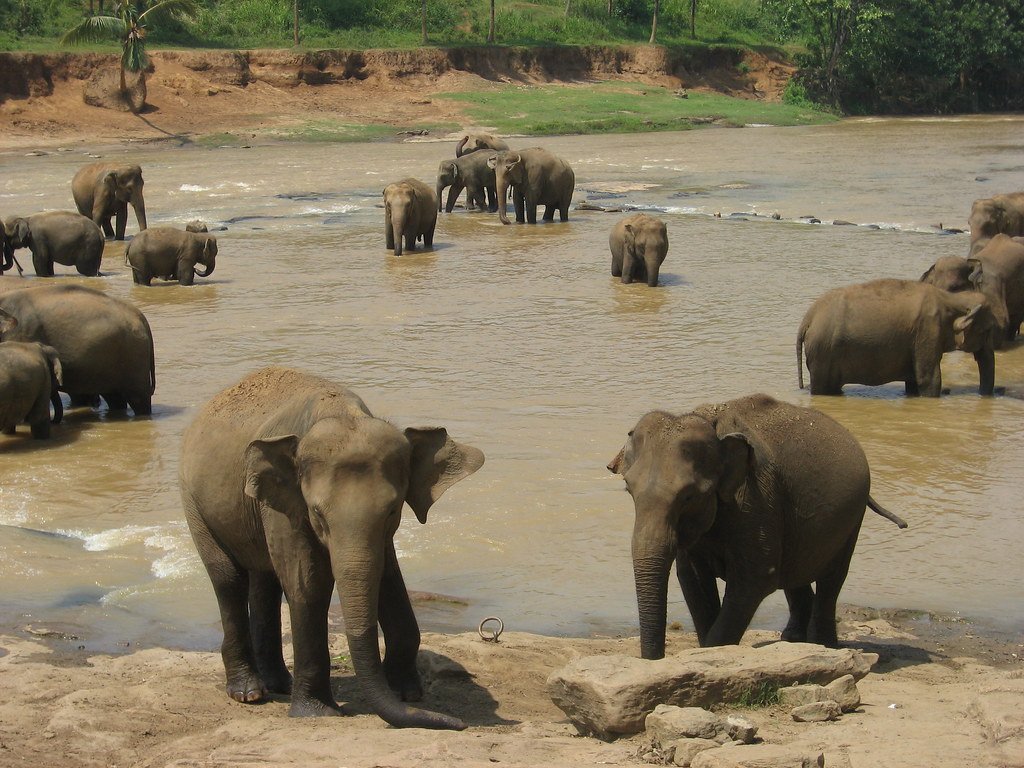
Some camps claim their operations help conserve elephants, but the facts often tell a different story. Breeding programs in captivity rarely contribute to wild populations, and most captive elephants can never be released due to lack of survival skills. Real conservation means protecting wild habitats, cracking down on poaching, and supporting local communities. When tourism dollars flow into entertainment rather than true conservation, wild elephants continue to face threats from habitat loss and illegal hunting. The best way to help is by supporting efforts that keep elephants in the wild where they belong.
The Economics of Elephant Tourism
Elephant tourism is big business, generating billions of dollars each year across Asia and Africa. Camps, travel agencies, and local economies all benefit financially. For impoverished communities, elephant tourism can be a lifeline, providing jobs and infrastructure that might not otherwise exist. However, this reliance on animal-based tourism can trap communities in a cycle where animal welfare is sacrificed for short-term gain. Balancing economic survival with ethical responsibility remains a stubborn challenge, with few easy answers.
Health Issues Facing Captive Elephants
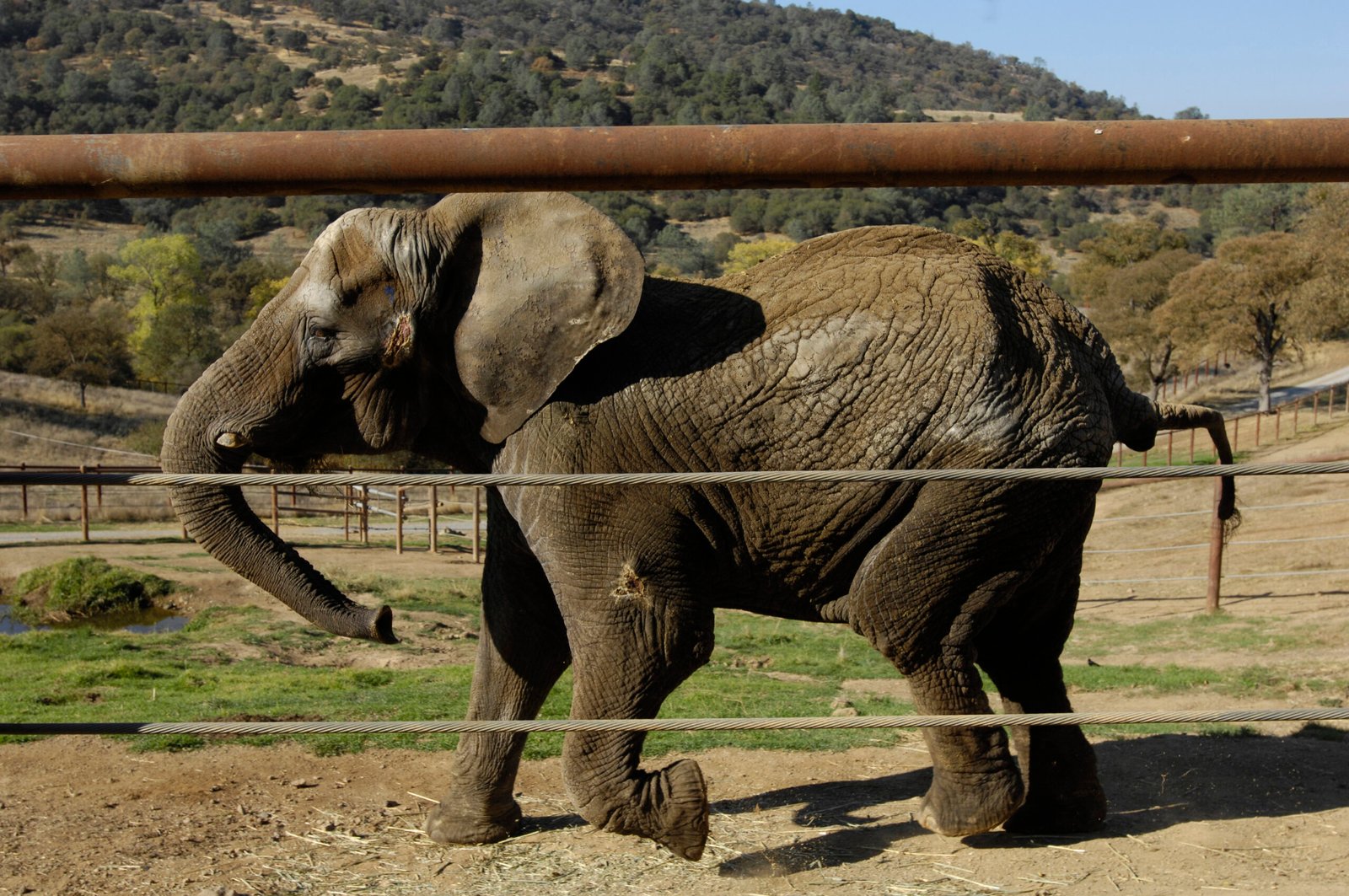
Captive elephants often face a laundry list of health problems. Chronic foot infections and arthritis are common, thanks to hard surfaces and limited movement. Poor diets can lead to obesity or malnutrition, while lack of mental stimulation fosters behaviors like repetitive swaying or self-harm. Veterinary care is improving, but many camps lack the resources or expertise to provide proper treatment. Elephants may also suffer from tuberculosis and other diseases that can spread to humans, posing hidden risks to both animals and visitors.
Impact on Baby Elephants
Baby elephants are especially vulnerable in the tourism industry. Calves are often separated from their mothers at a young age, which is deeply traumatic for both. The early years are critical for social learning, and isolation can stunt emotional and psychological development. Some camps use baby elephants as photo props, exposing them to loud crowds, bright lights, and constant handling. These experiences can cause lifelong behavioral issues and weaken their immune systems, making them more susceptible to disease and stress.
Ethical Alternatives for Tourists
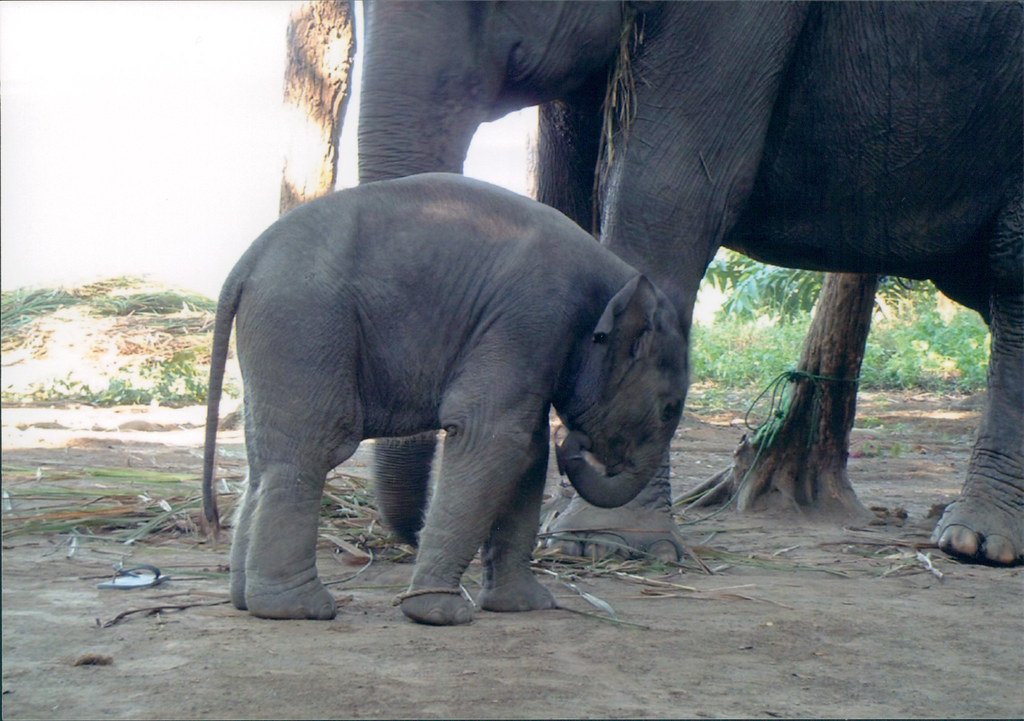
For travelers who love elephants, there are better options than riding or watching tricks. Some sanctuaries genuinely prioritize elephant welfare, allowing visitors to observe natural behaviors from a respectful distance. Walking alongside elephants (without riding), participating in habitat restoration, or supporting anti-poaching initiatives all make a positive impact. The key is doing research before you go—look for places that are accredited by animal welfare organizations and avoid those that allow direct contact or performances. Every choice sends a message about what matters.
The Role of Governments and Regulations
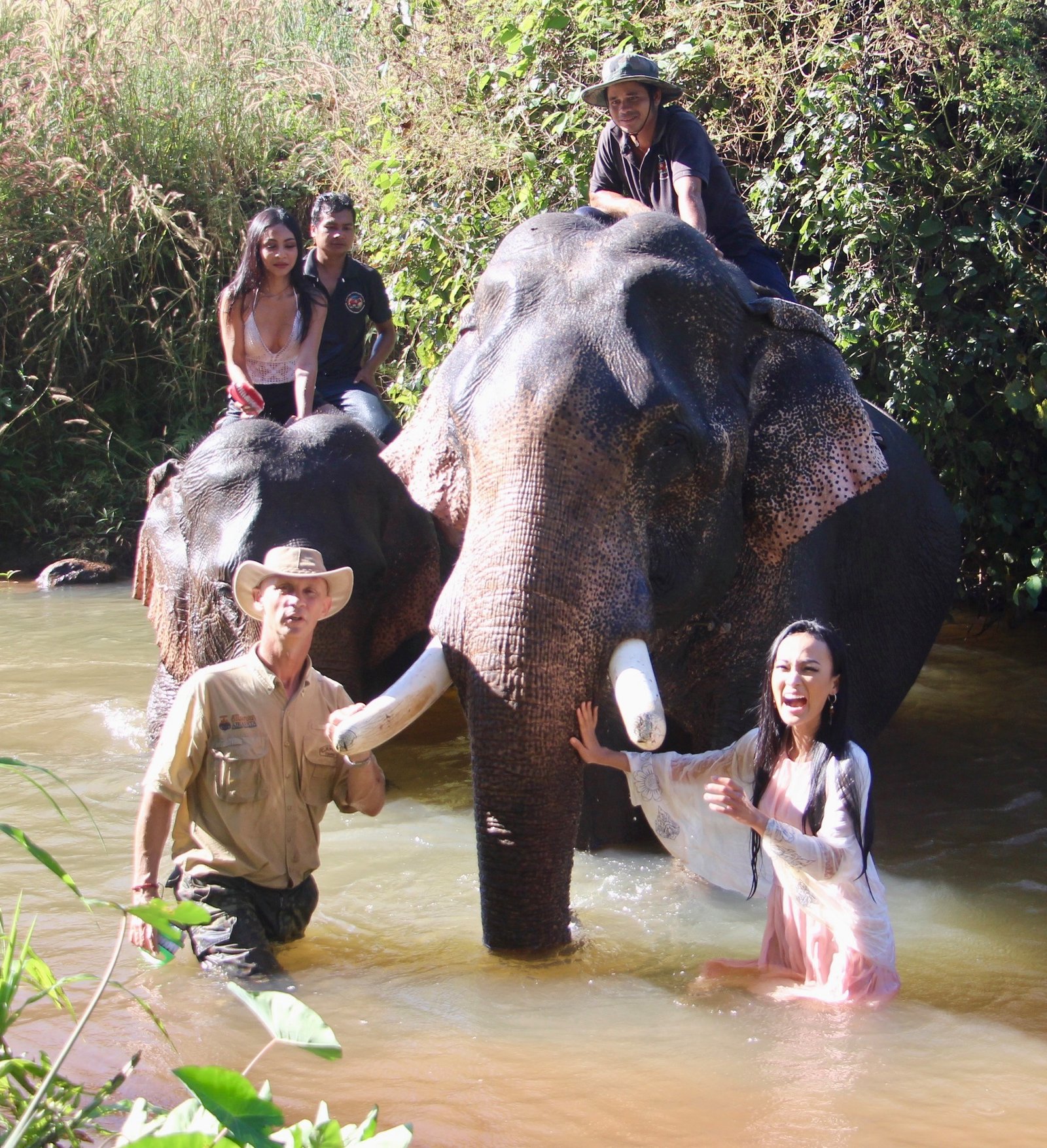
Government oversight of elephant tourism varies widely from country to country. Some have strict regulations to protect elephant welfare, while others have little enforcement or conflicting interests. Corruption, lack of resources, and competing economic pressures can all undermine efforts to improve conditions. Recent years have seen increased calls for international standards that prioritize animal welfare and conservation. Effective regulation means not only protecting elephants, but also educating tourists and supporting responsible operators.
Celebrity Influence and Public Perception
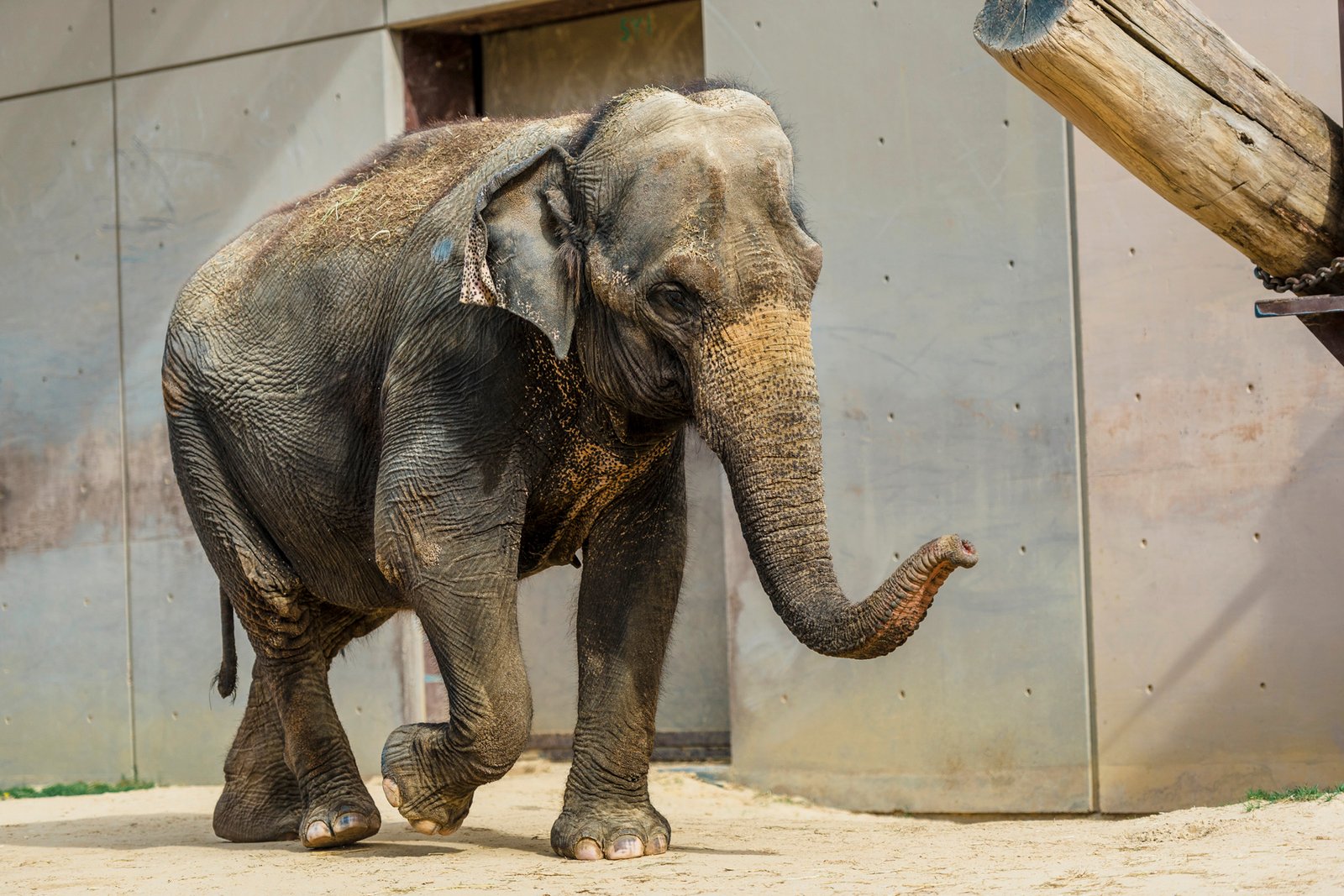
Celebrities and influencers have enormous sway over public attitudes toward elephant tourism. When a famous face posts a photo riding an elephant, it can inspire thousands to do the same. Fortunately, some celebrities now use their platforms to advocate for ethical travel, warning fans about the realities of trekking camps. Public perception is shifting, with fewer people willing to support exploitative attractions. This cultural change, driven by social media and increased awareness, gives hope for a more compassionate future.
Science-Backed Solutions and Innovations
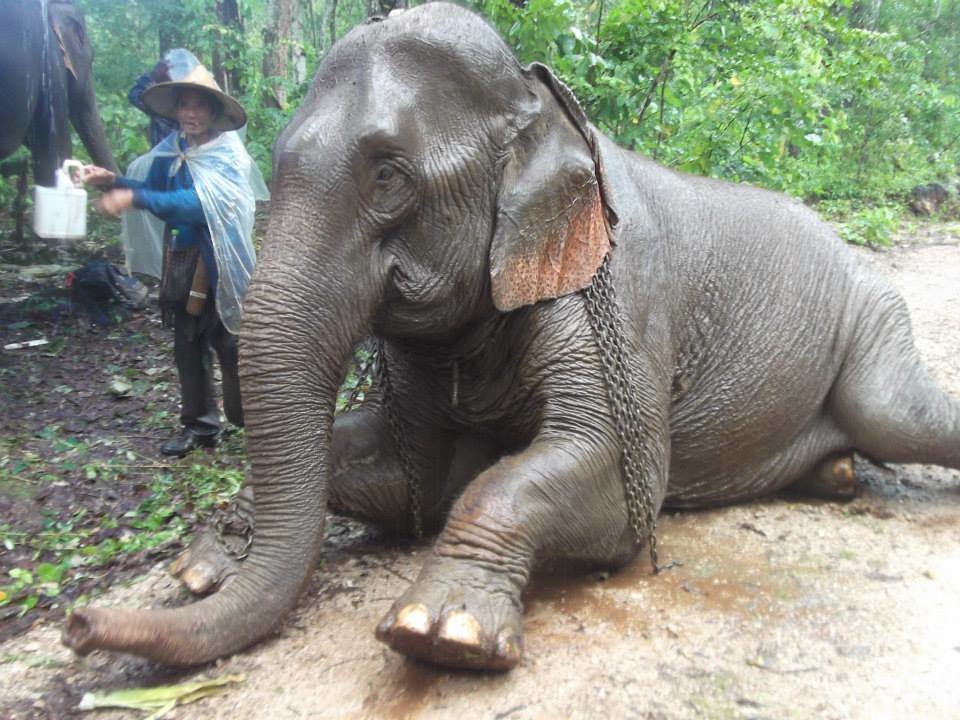
Researchers and animal welfare groups are working hard to find better ways forward. Enrichment programs—like puzzle feeders and mud wallows—help keep captive elephants mentally stimulated. GPS tracking and behavioral studies improve our understanding of what elephants need to thrive. Some scientists are exploring rewilding, where captive elephants are gradually returned to protected wild areas. These innovations don’t erase the harm already done, but they offer a roadmap for future improvements.
Personal Stories from the Field
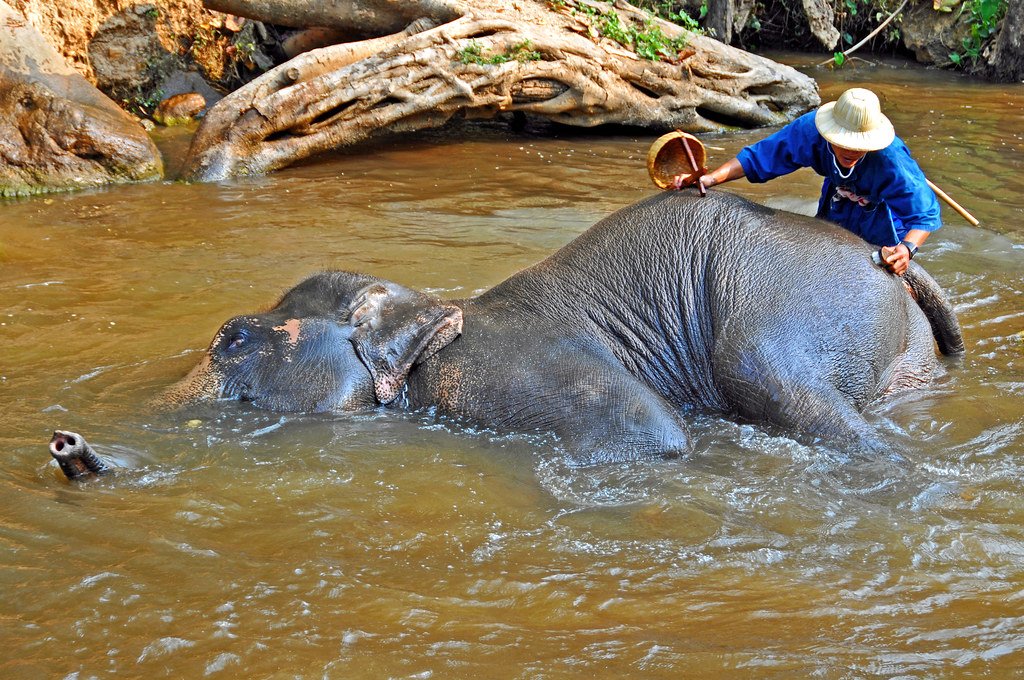
Every elephant has a story, and so do the people who care for them. Some mahouts speak of deep bonds that transcend language, while others recall the heartbreak of watching elephants suffer. Tourists who visit ethical sanctuaries often describe life-changing moments—watching elephants play, forage, or simply be themselves. One traveler told me, “Seeing an elephant up close was magical, but realizing the price they pay changed how I see the world.” These personal accounts remind us that behind every statistic is a living, feeling being.
How You Can Make a Difference
Change starts with awareness. By asking questions, doing research, and choosing ethical tours, travelers can shift the industry toward compassion. Sharing information with friends, supporting reputable sanctuaries, and advocating for stronger regulations all add up. Even small actions—like refusing to ride elephants or post exploitative photos—send a powerful message. The more people demand humane treatment, the more the industry will be forced to adapt. Every decision counts in shaping the future of elephant tourism.
Reflecting on Our Connection with Elephants
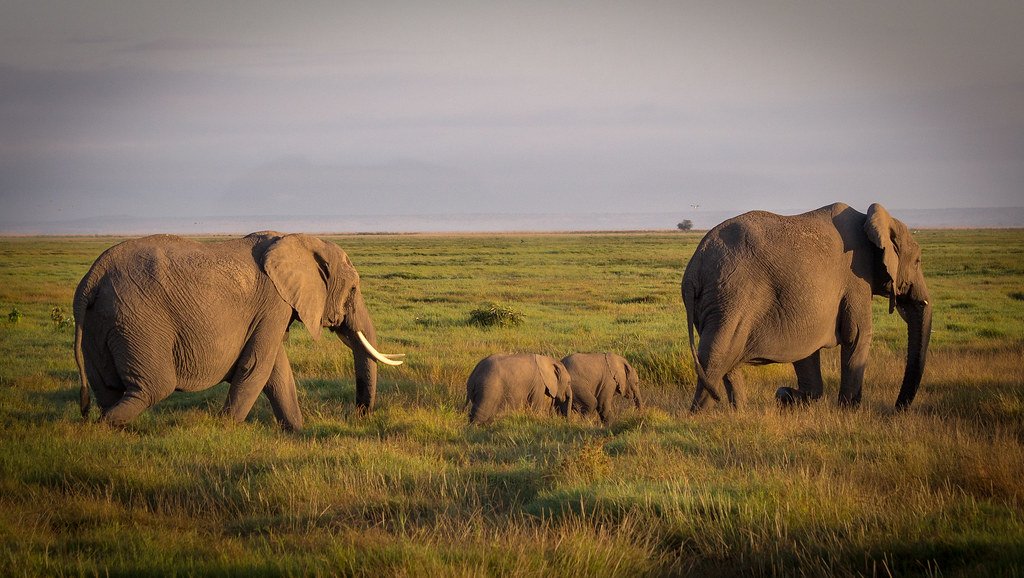
Elephants have shared our world for millennia, inspiring awe, reverence, and sometimes sorrow. Their fate is tied to our choices, our values, and our capacity for empathy. As we uncover the hidden realities of trekking camps and sanctuaries, we’re faced with a question: What does it mean to truly respect an animal as intelligent and sentient as the elephant? Perhaps the greatest gift we can offer is not a ride or a selfie, but the chance for elephants to live as they were meant to—wild and free, untamed by human hands.



